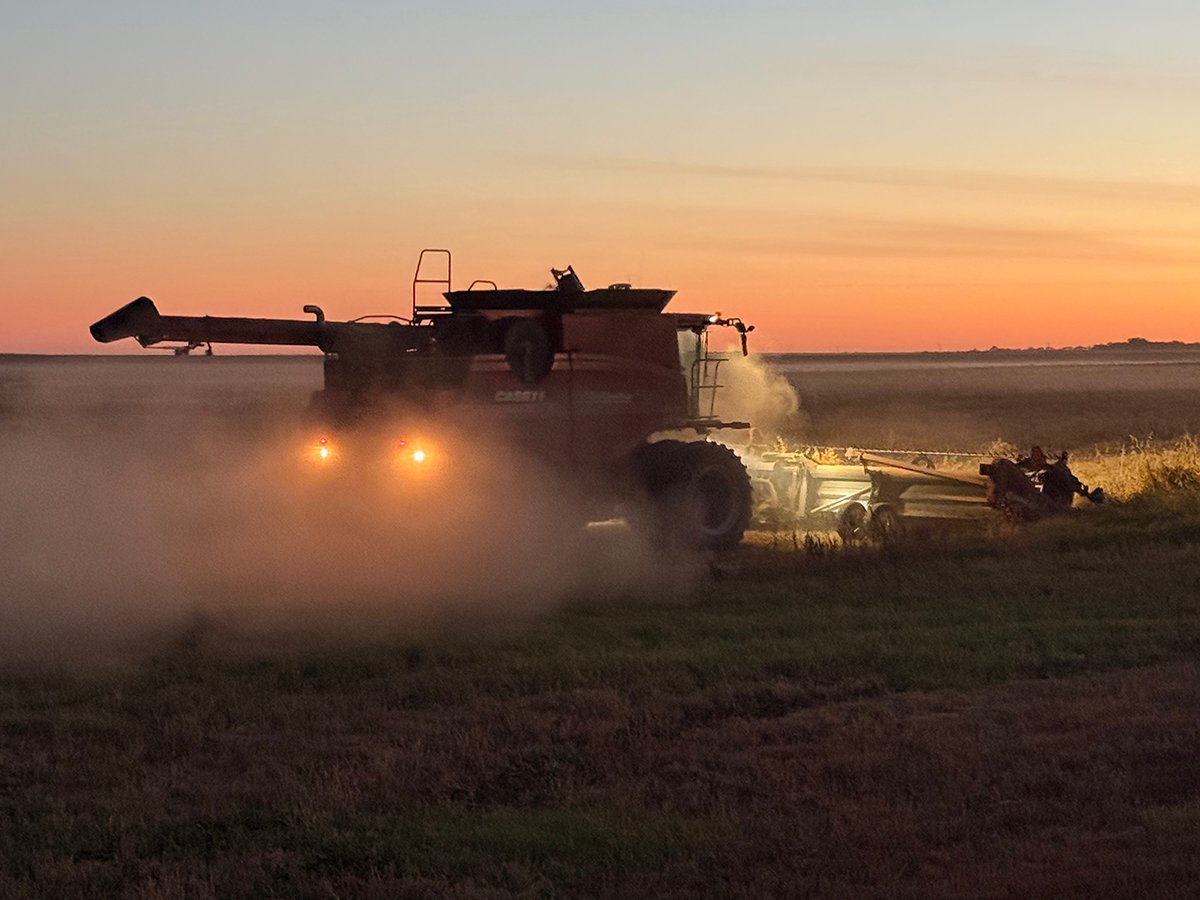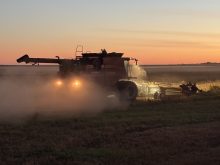Over the years, governments have appointed commissions of one type or another to inquire into almost every detail of agriculture. The new review of Canada’s grain marketing system is only the latest in a long line of inquiries.
Farmers are still waiting, however, for answers to some of the most fundamental questions about agriculture.
For example, as one farmer asked in a recent conversation, why is only the agriculture sector continually asked to produce more for less?
There’s a never-ending series of conferences where evangelical economists and assorted production experts exhort farmers to push harder to find new ways to boost volumes and lower production costs.
Read Also

Downturn in grain farm economics threatens to be long term
We might look back at this fall as the turning point in grain farm economics — the point where making money became really difficult.
Why, this farmer wondered, aren’t there people pushing fertilizer and chemical companies to do the same, producing greater volumes for lower prices? Why haven’t unit prices of fertilizer and chemicals declined?
Another farmer, who lives in a northwest Saskatchewan area hit by drought this year, described in another conversation what drought will mean for him. After most of a lifetime farming, he had finally got sufficiently ahead of the game so that he could seed a crop without going cap in hand to the bank for money. But next year he’ll have to revert to getting an operating loan to seed his crop.
How many long-established businesses are forced to similarly operate on borrowed money, with all the associated interest costs, in order to launch each production cycle?
A third farmer had yet another question, concerning recent Statistics Canada reports about the growing percentage of farm family income that comes from off-farm employment.
Why, he asked, do we never hear of the spouses of doctors and lawyers having to work on farms to help keep their family medical or law practices in business?
Behind the questions from the three farmers is a common feeling of frustration. Do world markets really require that farmers be under these kinds of financial stresses?
Or is it the result of modern society’s “cheap food” expectations?
These questions have been around for decades, but they are likely to become more urgent for western grain farmers with the loss of the Crow Benefit transportation subsidy.
The Crow transitional payments will be used up over the next year or two, and recent increases in grain prices could well be eaten up by rising transportation and input costs.
If farmers want to find alternatives to the “produce more for less” treadmill, they should be starting their drive now, well before the next cost/price crunch comes.
















